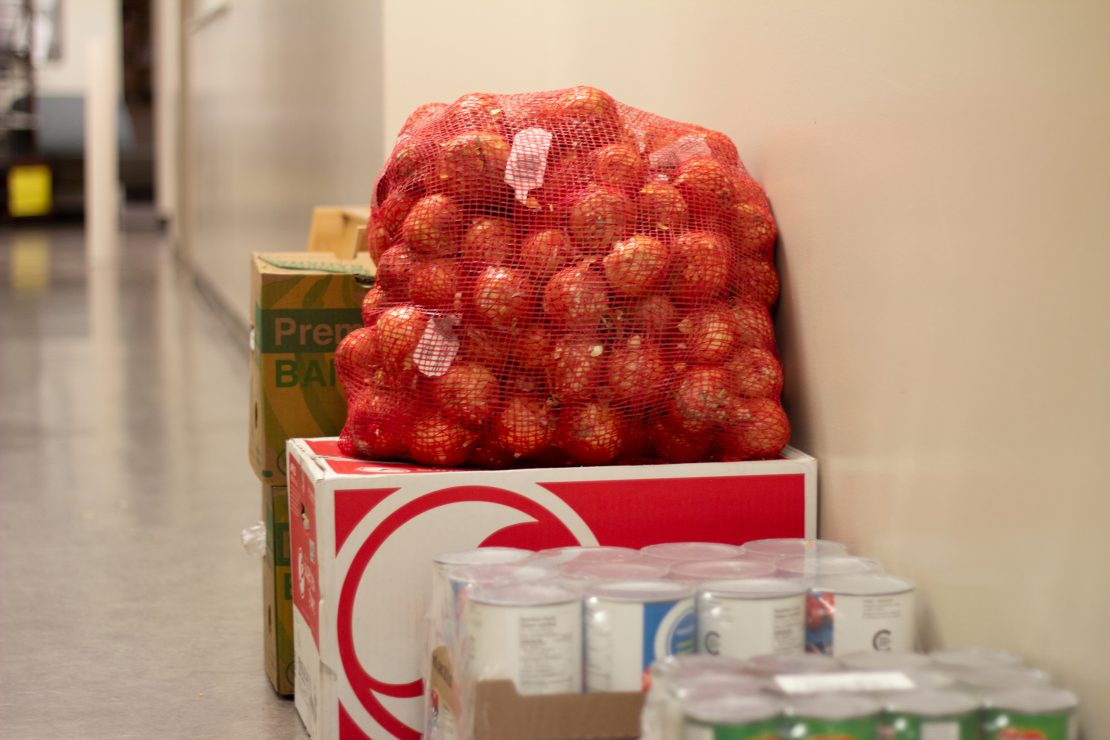As grocery prices rise, we must consider the value of convenience

Photo by Isabella Kennedy.
As I sit writing this article, I am surrounded by $8 lattes and $20 sandwiches, my own placed in front of me. Many of the consumers in this café work diligently on their laptops, idly ordering a new drink once their mugs run dry.
The general demographic is relatively young: people who have recently arrived in the adult world of financial independence. We are encouraged by influencers and the media to “live our best lives” by indulging in micro-trends, regardless of our financial situations. As a university student, it pained me to shell out the cash I had earned over winter break, but how could I pass on the enjoyment of eating a hearty turkey, cranberry, and veggie sandwich?
While I don’t necessarily need the confectionaries, to access the calming ambience of a coffee shop, patronage is expected, and it certainly wouldn’t hurt my tastebuds. Under normal circumstances I would be among many other students preparing the cheapest meal options to get me through the day; yet, while I’m home for the holidays, I treat myself to a special lunch.
The high prices of the food and beverages correlate to the prices of ingredients, wages of workers, profit for the business, and many more factors. However, these are the same variables that affect the price of a McDonald’s cheeseburger, yet its average price is $3.09. While fresh produce, whole wheat bread, and good meats or other proteins are high in nutritional value and vital to one’s diet, these foods are increasingly expensive and therefore decreasingly accessible.
Within the last 12 months, the retail prices of fresh fruits and vegetables have increased by 11 and 11.2 per cent respectively. Moreover, the price of a couple apples, bananas, and a few vegetables at local grocery stores can amount to over $20. Making healthy and nutritious food at home can now be as expensive if not more expensive than purchasing fast food or eating out. This begs for the analysis of long-term health effects when those struggling financially are forced to turn towards less nutritional options.
Studies prove that poor diets and food insecurity can be connected to a higher potential for depressive symptoms, chronic pain, type 2 diabetes, and other adverse health effects. While food banks are an available option for those dealing with food insecurity, they sometimes act as a bandaid on the bullet wound that is the deeply systemic issue of poverty. In 2021, following the brunt force of the Covid-19 pandemic, food banks across Canada were visited over 1.3 million times in the month of March alone. These numbers stay consistent with the extreme economic conditions present in today’s recession March of 2022 bringing in over 1.5 million visits to food banks. Every year, the amount of people utilizing food banks increases. I can’t help but wonder when food banks will become unable to support the amount of people requiring their services?
While that avocado toast is definitely not worth the steep price, healthy ingredients are needed for the upkeep of our bodies both mentally and physically. When the ingredients would cost nearly the same at the grocery store, I may as well treat myself. Along with that $20 sandwich, I at least receive the convenience of sitting back as it’s made for me, as well as the cozy café workspace.








